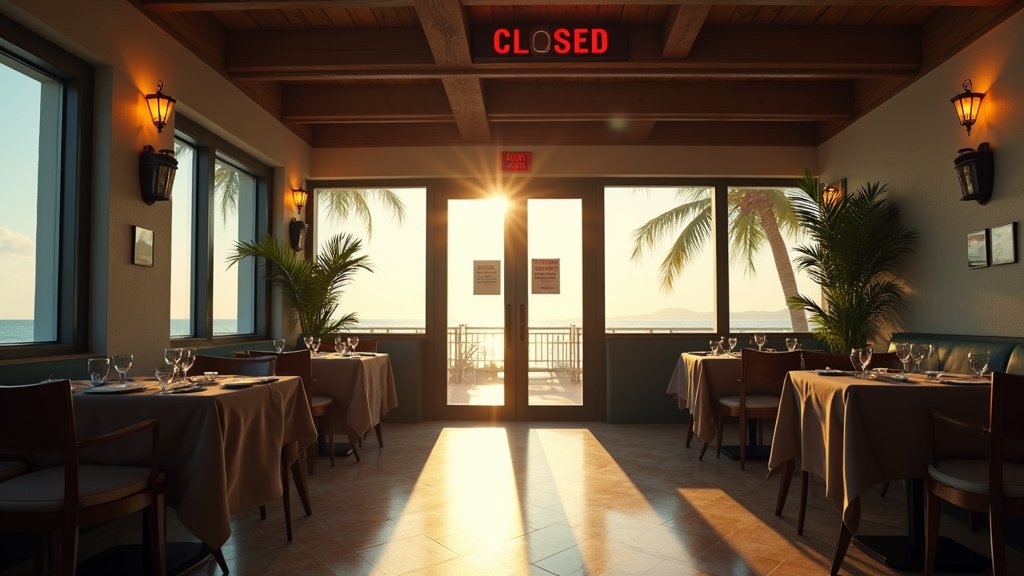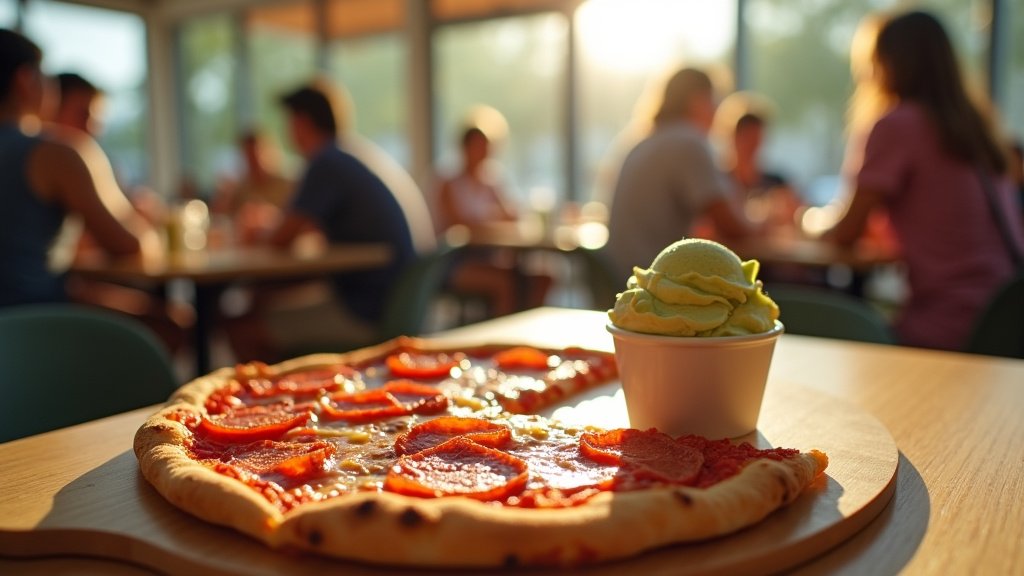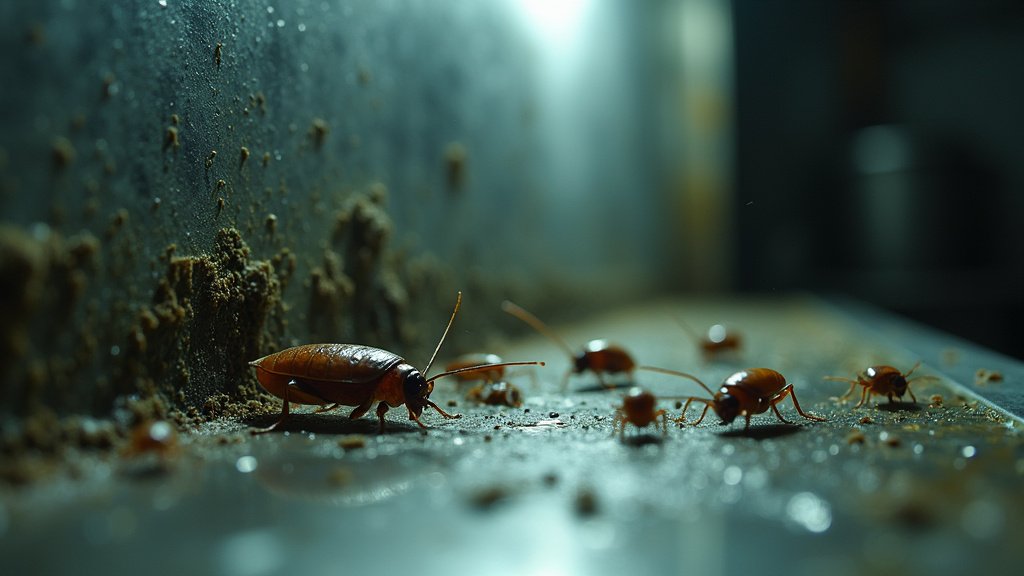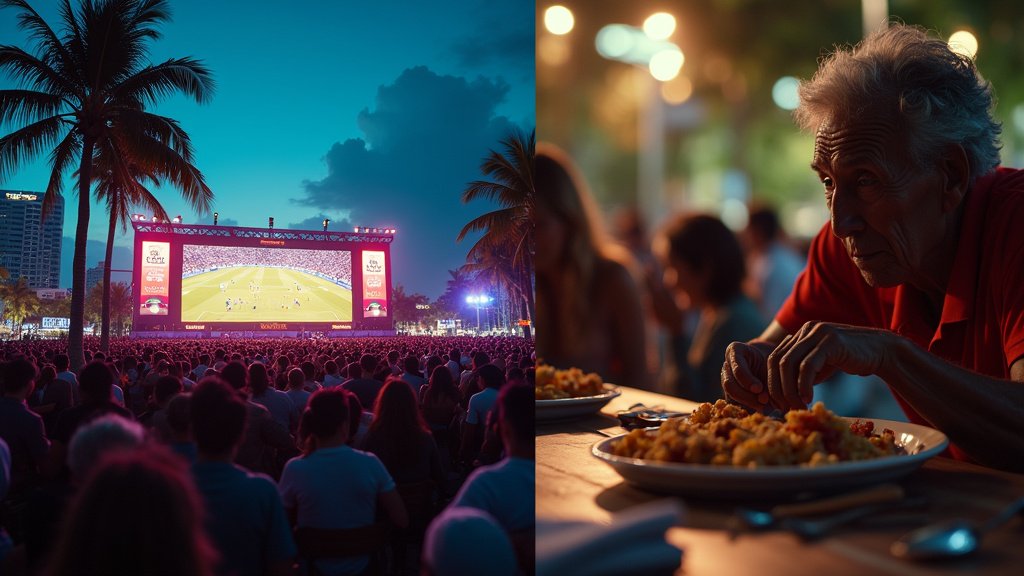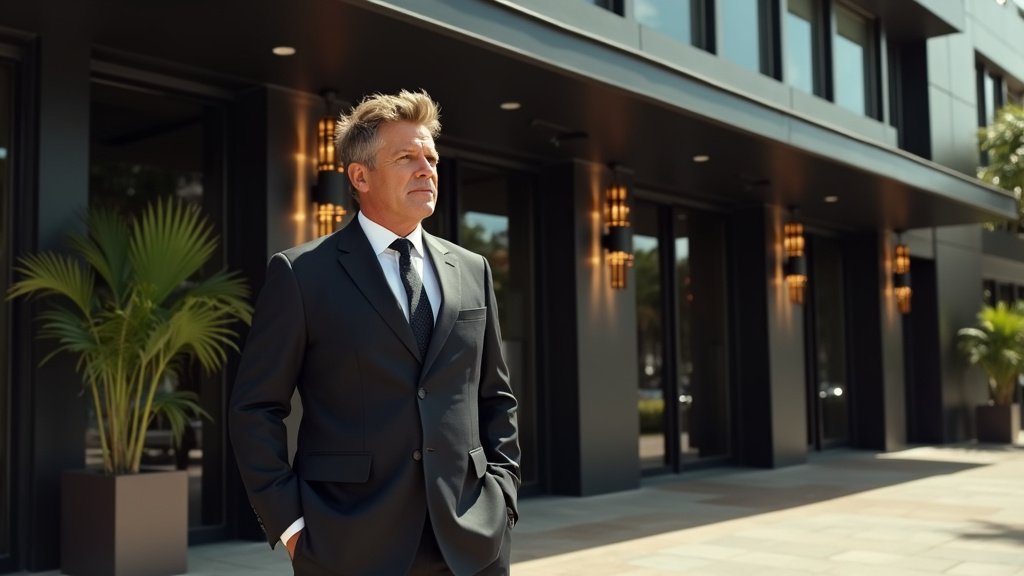The vibrant pulse of Miami’s acclaimed dining scene, a magnet for gourmands and casual diners alike, is facing an unprecedented and concerning slowdown this summer. What were once considered routine seasonal adjustments are now taking on a far more ominous tone, with an unusually high number of establishments either announcing temporary closures or, more unsettlingly, succumbing to permanent cessation.
The latest high-profile example sending ripples through the industry is Gordon Ramsay’s much-anticipated Lucky Cat in Miami Beach. In a move that has quickly become emblematic of the broader struggle, the celebrated restaurant has declared a “seasonal pause.” While framed as a temporary hiatus, such announcements this year are sparking widespread anxiety among restaurateurs, chefs, and industry watchers who fear these pauses might extend indefinitely, fundamentally altering the city’s dynamic culinary landscape.
A Season of Silence Descends on Miami
Lucky Cat is far from an isolated case. Its “seasonal pause” joins a rapidly growing list of Miami restaurants grappling with the harsh realities of the summer “slow season.” This period, typically marked by a slight dip in activity, has escalated into a full-blown crisis in 2024. The sheer volume of closures, both announced and unannounced, is striking and has prompted a collective unease about the immediate future of the Miami dining sector.
Prominent names that have either shuttered temporarily or faced uncertain futures include the much-lauded Byblos, known for its eastern Mediterranean fare, which has left a void in its wake. Torno Subito, the vibrant Italian eatery by Michelin-starred chef Massimo Bottura, has also entered a period of closure, signaling the depth of the challenges even for establishments backed by significant culinary prestige. The famed Peruvian restaurant La Mar, a staple for exquisite waterfront dining, finds itself navigating similar choppy waters, its operations paused as the city’s economic tides recede. Even newer, highly regarded spots like Itamae AO, which had quickly garnered a dedicated following for its innovative Japanese cuisine, have been forced to close their doors, underscoring that no segment of the restaurant market is immune to the current pressures.
This alarming trend represents an unusually high number of closures compared to previous years. Traditionally, some establishments might reduce hours or take short breaks, but the current wave suggests a systemic issue, one that is hitting the industry with an unforeseen intensity and breadth.
The Perfect Storm: Heat and Emptiness
The primary culprits behind this widespread downturn are clear: the unrelenting, intense heat characteristic of Miami summers, combined with a significant decrease in tourism and local activity. Miami, a city synonymous with sunshine and vibrant outdoor life, becomes a challenging environment for hospitality during the sweltering months. The intense heat deters patrons from venturing out, particularly during daylight hours, impacting lunch services and early dinners. Outdoor dining, a highly sought-after experience in Miami’s pleasant seasons, becomes impractical, if not impossible, for much of the day, depriving restaurants of valuable seating and ambiance.
Compounding the climate challenge is the seasonal exodus of tourists and a noticeable reduction in local engagement. Many visitors, accustomed to Miami’s bustling winter and spring seasons, opt for cooler destinations during the summer. Simultaneously, a substantial portion of the local population, including many of the city’s affluent residents and seasonal workers, also departs for cooler climes, further thinning the customer base. This dual impact—fewer people overall and those remaining less inclined to dine out frequently—creates a dire economic environment for businesses reliant on consistent foot traffic and reservations.
For many owners, the cost of operating a high-end restaurant through a severely depleted summer is simply unsustainable. With fixed costs like rent, utilities (especially for air conditioning in the intense heat), and staffing, maintaining full operations with minimal revenue becomes a losing proposition. A temporary closure, while painful, is often seen as a strategic, albeit desperate, measure to stem losses and conserve resources in the hope of a stronger fall and winter season.
Beyond the ‘Pause’: An Industry Braces for Impact
The language of “seasonal pause” or “temporary closure” often masks a deeper uncertainty that pervades the Miami dining landscape. While some restaurants may genuinely reopen, the sheer scale of the current downturn raises concerns that many will not. The financial strain of an extended closure, combined with the difficulty of rehiring staff and regaining momentum, can be insurmountable for even well-established venues.
The industry is collectively bracing for a significant impact. This isn’t just about individual businesses; it’s about the broader ecosystem that supports Miami’s culinary reputation. Suppliers of fresh produce, seafood, and specialty ingredients face reduced orders. Bartenders, servers, line cooks, and dishwashers face layoffs or reduced hours, leading to widespread job insecurity. The ripple effect extends to ancillary businesses, from linen services to pest control, all feeling the pinch of a struggling hospitality sector.
This summer’s crisis poses a crucial test for Miami’s resilience as a top-tier dining destination. The city has long prided itself on its innovative and diverse culinary offerings, a key draw for tourism and a source of local pride. The news of widespread closures, even if temporary, threatens to dampen this image and could have long-term repercussions on how the city is perceived on the global culinary stage.
As the summer progresses, all eyes will be on these trending establishments and the broader Miami restaurant industry. The hope is that these temporary pauses will indeed be just that – brief respites before a grand reawakening. However, the current reality suggests that the coming months will be a severe crucible, testing the mettle of Miami’s vibrant, yet vulnerable, culinary heart. The decisions made and the strategies adopted during this challenging period will undoubtedly shape the future of dining in South Florida for years to come. The question remains: how many of these seemingly temporary silences will become permanent echoes in the city’s gastronomic history?

